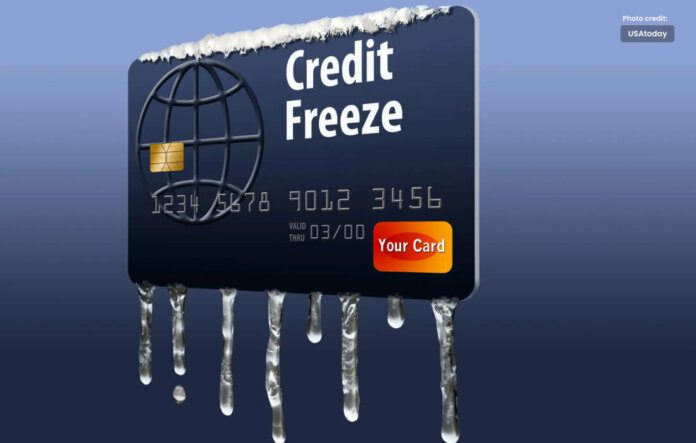Learn how to use Equifax credit freeze to protect yourself from identity theft and unauthorized access to your credit reports.
In an age where data breaches and identity theft are on the rise, safeguarding your financial identity is paramount. One powerful tool at your disposal is an Equifax credit freeze. This proactive measure can help protect your credit reports from unauthorized access and prevent potential financial fraud. In this comprehensive guide, we will walk you through everything you need to know about Equifax credit freezes, including why they are essential and how to implement them effectively.
What Is an Equifax Credit Freeze?
An Equifax credit freeze, also known as a security freeze, is a protective measure that restricts access to your credit report. When you freeze your Equifax credit report, lenders and creditors cannot access it without your explicit permission. This effectively prevents anyone from opening new credit accounts or loans in your name, as most creditors require a credit check before extending credit.
Why Should You Consider a Credit Freeze?
- Identity Theft Prevention: Credit freezes are a robust defense against identity theft. They make it extremely difficult for fraudsters to open new accounts using your personal information.
- Data Breach Response: If your personal information has been compromised in a data breach, a credit freeze adds an extra layer of security, reducing the risk of financial fallout.
- Control Over Access: With a credit freeze in place, you have complete control over who can access your credit report. You can temporarily lift the freeze when you want to apply for credit and reinstate it afterward.
How to Freeze Your Equifax Credit Report:
- Visit the Equifax Website: Go to the Equifax website (equifax.com) and navigate to the “Credit Freeze” or “Security Freeze” section.
- Provide Your Information: You’ll need to provide personal information, including your name, Social Security number, date of birth, and other identifying details.
- Choose Your Freeze Type: Equifax offers different types of freezes, including a standard freeze, a temporary lift for specific creditors, and a permanent removal. Select the option that suits your needs.
- Verify Your Identity: Equifax may ask you to answer some security questions or provide additional documentation to verify your identity.
- Receive Your PIN: After successfully freezing your credit, you will receive a unique Personal Identification Number (PIN). This PIN is crucial for future actions, such as temporarily lifting or removing the freeze.
- Keep Your PIN Safe: Safeguard your PIN and keep it in a secure place. You’ll need it to make changes to your credit freeze status.
Additional Tips:
- Monitor Your Credit: While a credit freeze provides excellent protection, it’s essential to monitor your credit reports regularly for any suspicious activity.
- Consider Freezing All Three Bureaus: Equifax is just one of the three major credit bureaus. Consider freezing your credit reports with Experian and TransUnion as well for comprehensive protection.
- Plan Ahead: If you intend to apply for credit, plan ahead by temporarily lifting the freeze using your PIN. This process may take a few days, so factor in the timing.
In Conclusion
Equifax credit freezes are a valuable tool for safeguarding your financial identity and preventing identity theft and fraud. Taking the time to implement a credit freeze can provide you with peace of mind, knowing that your credit reports are protected from unauthorized access. With the rise in data breaches and identity theft cases, it’s more important than ever to take proactive steps to secure your financial future, and an Equifax credit freeze is an essential part of that strategy.




